Typeerror Unhashable Type ‘Dict’
In Python, a TypeError occurs when an operation is performed on objects of incompatible types. One common type of TypeError is the “unhashable type” error, which specifically occurs when trying to use a dictionary (dict) as a key in another dictionary or when attempting to add it to a set. This error message, “TypeError: unhashable type ‘dict'”, indicates that the object being used as a key is not capable of being hashed.
What is a TypeError?
TypeError is a Python exception that occurs when a built-in operation or function is applied to an object of an incompatible type. It usually signifies a programming error, where the operation cannot be performed due to the mismatch of types. Python is a dynamically-typed language, which means that objects have types that are determined at runtime. Therefore, certain operations may not be permitted if the types involved are not compatible.
What is an Unhashable Type?
In Python, a hashable object is one that is capable of being hashed, meaning it can be used as a key in a dictionary or as an element in a set. A hashable object must always return the same hash value if its contents remain unchanged. Examples of hashable types in Python include numbers (int, float), strings (str), and tuples (if all their elements are hashable). On the other hand, unhashable types cannot be used as keys in a dictionary or elements in a set. The ‘dict’ type (dictionary) is one such unhashable type.
Understanding the ‘dict’ Type in Python
The ‘dict’ type in Python represents an unordered collection of key-value pairs. It is one of the built-in types and is widely used in various applications for organizing data efficiently. A dictionary is defined using curly braces {} and contains comma-separated key-value pairs, where each key is unique. In Python, dictionaries are mutable objects, meaning their contents can be modified after creation.
Common Causes of the TypeError: Unhashable Type ‘dict’
The most common cause of the “TypeError: unhashable type ‘dict'” is attempting to use a dictionary as a key in another dictionary or as an element in a set. Since dictionaries are mutable objects, their contents can change, and therefore, they cannot be reliably hashed. When Python encounters such an operation, it raises a TypeError to indicate that dictionaries are unhashable types.
How to Fix the TypeError: Unhashable Type ‘dict’
To fix the “TypeError: unhashable type ‘dict'”, one needs to ensure that the keys used in dictionaries or sets are hashable. There are different approaches to achieving this, depending on the specific use case.
If a dictionary needs to be used as a key in another dictionary or set, an alternative approach is to convert it into an immutable object. A common technique is to convert the dictionary into a tuple of key-value pairs. For example:
“`
my_dict = {‘key’: ‘value’}
my_key = tuple(my_dict.items())
“`
Now, my_key can be used as a key in another dictionary or as an element in a set without causing a TypeError.
Best Practices to Avoid the TypeError: Unhashable Type ‘dict’
1. Use immutable objects as dictionary keys: As mentioned earlier, dictionary keys must be hashable, so it is recommended to use immutable objects like strings, numbers, or tuples (with hashable elements) as keys.
2. Avoid using dictionaries as keys or elements: If possible, try to avoid using dictionaries as keys or elements in sets. Instead, consider alternative data structures or convert the dictionary into an immutable form before using it as a key.
3. Ensure consistent data types: Check that the data you are working with is of the expected type. Mixing data types can lead to type errors, including unhashable type errors.
FAQs:
Q: What are some other “unhashable types” in Python?
A: Apart from dictionaries, there are other unhashable types in Python, such as ‘dict_keys’ (which is produced when accessing keys of a dictionary), ‘list’ (mutable sequence), and ‘Series’ (a data structure from the pandas library).
Q: How can I check if a key exists in a dictionary in Python?
A: To check if a key exists in a dictionary, you can use the ‘in’ keyword. For example:
“`
my_dict = {‘key’: ‘value’}
if ‘key’ in my_dict:
print(“Key exists!”)
“`
Q: How can I add one dictionary to another in Python?
A: To add one dictionary to another, you can use the ‘update()’ method. For example:
“`
dict1 = {‘key1’: ‘value1’}
dict2 = {‘key2’: ‘value2’}
dict1.update(dict2)
“`
Now, ‘dict1’ will contain both key-value pairs from ‘dict2’.
Q: How can I convert a list into a dictionary in Python?
A: To convert a list into a dictionary, you can use the ‘dict()’ constructor. The list should contain pairs of elements, where the first element is treated as the key, and the second element is treated as the value. For example:
“`
my_list = [(‘key1’, ‘value1’), (‘key2’, ‘value2’)]
my_dict = dict(my_list)
“`
Now, ‘my_dict’ will be a dictionary containing the key-value pairs from ‘my_list’.
Q: How can I append a dictionary in Python?
A: In Python, you cannot directly append a dictionary to another dictionary using the ‘append()’ method. Instead, dictionaries can be merged using the ‘update()’ method, as shown in the earlier example.
In conclusion, the “TypeError: unhashable type ‘dict'” occurs when trying to use a dictionary as a key in another dictionary or as an element in a set. To resolve this error, ensure that the keys used are hashable, or convert the dictionaries into immutable forms. Following best practices and understanding the concept of hashability will help to avoid these type errors in Python.
Python : Typeerror: Unhashable Type: ‘Dict’
Keywords searched by users: typeerror unhashable type ‘dict’ TypeError: unhashable type: ‘dict_keys, TypeError: unhashable type: ‘list, Unhashable type: ‘Series, Check key in dict Python, Add dict to dict Python, Convert list to dict Python, Append dict Python, Unhashable object python
Categories: Top 64 Typeerror Unhashable Type ‘Dict’
See more here: nhanvietluanvan.com
Typeerror: Unhashable Type: ‘Dict_Keys
Python is a versatile programming language that offers a wide range of functionalities and capabilities. However, sometimes you may encounter errors while working with Python code. One such error is the “TypeError: unhashable type: ‘dict_keys’.” This error occurs when you try to use a dictionary’s keys as a key for another dictionary or as an element in a set. In this article, we will explore the root cause of this error, understand what it means, and provide solutions to resolve it.
Understanding the error message
Before we dive into the specifics of the error, let’s decipher the error message itself: “TypeError: unhashable type: ‘dict_keys’.” The term “TypeError” indicates that the issue falls under the category of a type error, meaning that the operation was performed on an incompatible or inappropriate data type. In this case, the error is the result of trying to use an unhashable data type, specifically ‘dict_keys.’
What does ‘dict_keys’ mean?
Python provides several built-in data types, one of which is a dictionary. A dictionary is an unordered collection of key-value pairs. The keys within a dictionary are unique and immutable, whereas the values can be of any data type. When you retrieve the keys from a dictionary using the keys() method, it returns a ‘dict_keys’ object, which represents a view of all the keys present in the dictionary.
Understanding hashability
To understand why the error occurs, we must first grasp the concept of hashability. In Python, hashability signifies whether an object can have a hash value associated with it. Immutable data types, such as integers, strings, and tuples, are hashable, whereas mutable types like dictionaries and lists are not. Since ‘dict_keys’ is an unhashable type, it cannot be used as a key itself.
Common causes of the error
1. Using a ‘dict_keys’ object as a key:
One of the most common causes of this error is mistakenly using the ‘dict_keys’ object directly as a key for another dictionary. For example, let’s assume we have a dictionary called ‘my_dict’ and we mistakenly try to use ‘my_dict.keys()’ as a key.
2. Using a ‘dict_keys’ object as an element in a set:
Similarly, you may encounter this error when attempting to include a ‘dict_keys’ object as an element within a set. Sets, like dictionaries, require hashable elements, and thus trying to add an object of the ‘dict_keys’ type will lead to a TypeError.
Resolving the error
To resolve the “TypeError: unhashable type: ‘dict_keys'” issue, we need to convert the ‘dict_keys’ object into a hashable data type before using it as a key or adding it to a set. Here are some possible solutions:
1. Converting the ‘dict_keys’ object to a list:
You can convert the ‘dict_keys’ object to a list by using the list() function. This will allow you to access the keys individually as elements of a list, making them hashable and suitable for use as keys or set elements.
2. Using the keys in a loop:
Instead of using the ‘dict_keys’ object directly, you can iterate over its elements within a loop. This approach allows you to perform the desired operations on each key in a controlled manner.
FAQs
1. Can I convert a ‘dict_keys’ object back into a dictionary?
No, once you convert a ‘dict_keys’ object into a list or utilize it within a loop, it loses its inherent connection to the original dictionary. It is advisable to use the ‘dict_keys’ object for their intended purpose, i.e., obtaining a view of keys or iterating over them.
2. Why are dictionaries and ‘dict_keys’ unhashable?
Dictionaries and ‘dict_keys’ objects are unhashable because they are mutable, which means their contents can be changed after creation. Hashability requires objects to remain unchanged, as the hash value must remain consistent.
Conclusion
The “TypeError: unhashable type: ‘dict_keys'” error is encountered when trying to use a ‘dict_keys’ object as a key for another dictionary or as an element in a set. This arises because dictionaries and ‘dict_keys’ objects are unhashable due to their mutable nature. However, by converting the ‘dict_keys’ object into a list or using it within a loop, you can resolve this error and continue working on your Python code seamlessly. Remember to use ‘dict_keys’ objects for their intended purpose, such as obtaining key views or iterating over them, to avoid further compatibility issues.
Typeerror: Unhashable Type: ‘List
Python is a powerful programming language that offers a wide range of functionality and versatility. However, like any other programming language, it has its own set of errors and exceptions that can be encountered during development. One such error is the TypeError: unhashable type: ‘list’. In this article, we will explore what this error means, why it occurs, and how to fix it. We will also address some common questions and concerns related to this error.
Understanding the Error:
When you encounter the TypeError: unhashable type: ‘list’ in Python, it means that you have attempted to use a list as a key in a dictionary or as an element in a set. This error occurs because lists are mutable objects in Python, which means their values can be changed. On the other hand, hashable types, such as strings or integers, are immutable and can be used as keys in dictionaries or elements in sets.
The Reason Behind the Error:
Python uses a hash function to convert objects into unique hash values. These hash values are used to provide efficient retrieval of data in dictionaries and sets. Immutable objects can be hashed since their hash values remain the same throughout their lifetime. However, since lists are mutable, their hash values can change when their elements are modified. Hence, lists are considered unhashable and cannot be used directly as keys or elements in dictionaries or sets.
Fixing the TypeError:
To fix the TypeError: unhashable type: ‘list’, you need to convert the list into a hashable type. One common approach is by converting the list to a tuple. Unlike lists, tuples are immutable and can be hashed. Here’s an example:
“`python
my_list = [1, 2, 3]
my_dict = {tuple(my_list): “value”}
“`
In the code snippet above, the list `my_list` is converted to a tuple using the `tuple()` function, and then used as a key in the dictionary `my_dict`.
Another way to fix this error is by identifying the specific code section that is causing the error and modifying it accordingly. For instance, if you have a list of lists and need to use it as a key in a dictionary, you can convert the inner lists to tuples before using them as keys:
“`python
nested_list = [[1, 2], [3, 4]]
dictionary = {tuple(sublist): “value” for sublist in nested_list}
“`
This code snippet converts each inner list of `nested_list` to a tuple and uses it as a key in the dictionary comprehension.
FAQs:
Q1. Can lists be used as values in dictionaries?
Yes, lists can be used as values in dictionaries. The TypeError: unhashable type: ‘list’ only occurs when lists are used as keys.
Q2. Is there any other way to fix this error?
Yes, you can also consider using alternative data structures like frozensets or creating custom classes that implement the `__hash__` method. However, converting the list to a tuple is the simplest and most common approach.
Q3. Why are tuples considered hashable?
Tuples are considered hashable because they are immutable. Once a tuple is created, its values cannot be changed. Thus, their hash value remains the same, making them suitable for use as keys or elements in dictionaries or sets.
Q4. How can I avoid this error in the future?
To avoid encountering the TypeError: unhashable type: ‘list’, it is essential to understand the difference between mutable and immutable objects in Python. Ensure that you use appropriate data structures depending on your requirements, keeping in mind the implications of mutability.
Q5. Are there any performance considerations when converting lists to tuples?
Converting a list to a tuple involves creating a new object. Depending on the size of the list, this operation may have a small impact on performance. However, in most cases, the difference is negligible, and the benefits of using hashable types outweigh the performance overhead.
In conclusion, the TypeError: unhashable type: ‘list’ is a common error encountered when attempting to use a list as a key in a dictionary or an element in a set. It occurs because lists are mutable objects and cannot be hashed. To fix this error, converting the list to a tuple is the most straightforward approach. Understanding the concepts of mutability and immutability in Python can help you avoid this error and make informed decisions when working with data structures.
Unhashable Type: ‘Series
If you’ve been working with Python for a while, you might have come across the error message “TypeError: unhashable type: ‘Series'” at some point. This error can be quite confusing, especially for beginners, as it is not clear what it means or how to resolve it. In this article, we will take a deep dive into this error and understand why it occurs, how it affects our code, and how to handle it.
#### What is a Series in Python?
Before we dive into the error itself, let’s understand what a Series is in Python. A Series is one of the core data structures provided by the popular data manipulation library, Pandas. It is essentially a one-dimensional labeled array that can hold any data type, such as integers, strings, floating-point numbers, and even other Python objects.
A Series can be created from various data sources like lists, numpy arrays, dictionaries, and even other Series. It is widely used for performing data analysis and manipulation tasks due to its flexibility and extensive functionality.
#### Understanding the Unhashable Type Error
Now that we know what a Series is, let’s move on to understanding the ‘unhashable type’ error. Hashability refers to the ability of an object to be uniquely identified based on its content. In Python, hashable objects are those whose values don’t change over time. Immutable data types like integers, strings, and tuples are hashable, which means that once they are created, their values can’t be modified.
On the other hand, mutable objects like lists, dictionaries, and, crucially for our case, Pandas Series, are unhashable. This means their values can be modified after creation, which makes them unsuitable for being used as keys in hash-based data structures such as sets and dictionaries.
So, when you see the error message “TypeError: unhashable type: ‘Series'”, it means that you are trying to use a Series object as a key in a hash-based data structure, causing the program to raise an exception.
#### Common Causes of Unhashable Type Errors
There are a few common scenarios that lead to this error:
1. Data Manipulation: When performing operations on a group of data, it’s common to use a Pandas DataFrame, which is a two-dimensional data structure consisting of rows and columns. If you accidentally try to use a column of the DataFrame (which is a Pandas Series object) as a key in a dictionary or a set, the error will be triggered.
2. GroupBy Operations: Pandas provides a powerful functionality called GroupBy, which allows you to split a DataFrame into groups based on some criteria and then perform operations on these groups. If you mistakenly use a Series generated during the grouping operation as a key in a dictionary or set, the error will occur.
3. Iterating Over Pandas Objects: When iterating over a Pandas DataFrame or a Series using a loop, you might unknowingly treat the Series as hashable and try to use it as a key, leading to the error.
#### Resolving the Unhashable Type Error
To resolve this error, you need to identify the exact line of code that causes it and rethink your approach. Here are some possible solutions:
1. Avoid Using Series as Keys: If you need to use a specific value from a Series object as a key, try converting it to a hashable type using methods like `.to_list()` or `.to_numpy()`, depending on your needs.
2. Reset Index: If you’re working with a DataFrame and need to extract a column for use as a key, make sure to reset the index of the DataFrame first. This ensures that the index can be used as a key while avoiding the unhashable type error.
3. Use Unique Values: If you need to perform an operation on unique values from a Series, consider using the `.unique()` method, which returns an array of unique values. This way, you can avoid using the Series itself as a key.
4. Check for Data Mismatch: It’s also important to ensure that the data types within your Series are consistent. If the data types are different, converting the Series to a hashable type might not be possible.
#### FAQs
Q: Why does the unhashable type error only occur with Pandas Series?
A: This error occurs because Pandas Series objects are mutable, which makes them unhashable. Immutable objects like strings and integers, on the other hand, are hashable and can be used as keys in hash-based data structures.
Q: Can I convert a Series to a hashable type?
A: Yes, you can convert a Series to a hashable type using methods like `.to_list()` or `.to_numpy()` depending on your needs. This allows you to use it as a key in hash-based data structures.
Q: Can I use a Series as a key in a dictionary?
A: No, you cannot use a Series as a key in a dictionary directly, as Series objects are unhashable. You need to convert them to a hashable type first.
Q: Is there any way to avoid the use of unhashable types in my code?
A: It is not always possible to avoid unhashable types entirely, especially when dealing with mutable data structures. However, by understanding the limitations of hashable and unhashable types, you can make informed design choices and minimize the occurrence of unhashable type errors.
In conclusion, the ‘unhashable type: Series’ error is a common issue when working with Pandas Series objects in Python. Understanding the nature of Series objects and the reasons behind the error is crucial for resolving it effectively. By following the solutions and best practices mentioned in this article, you can handle this error and continue your data analysis tasks without stumbling upon this roadblock.
Images related to the topic typeerror unhashable type ‘dict’

Found 30 images related to typeerror unhashable type ‘dict’ theme

![typeerror: unhashable type: dict [SOLVED] Typeerror: Unhashable Type: Dict [Solved]](https://itsourcecode.com/wp-content/uploads/2023/04/typeerror-unhashable-type-dict.png)
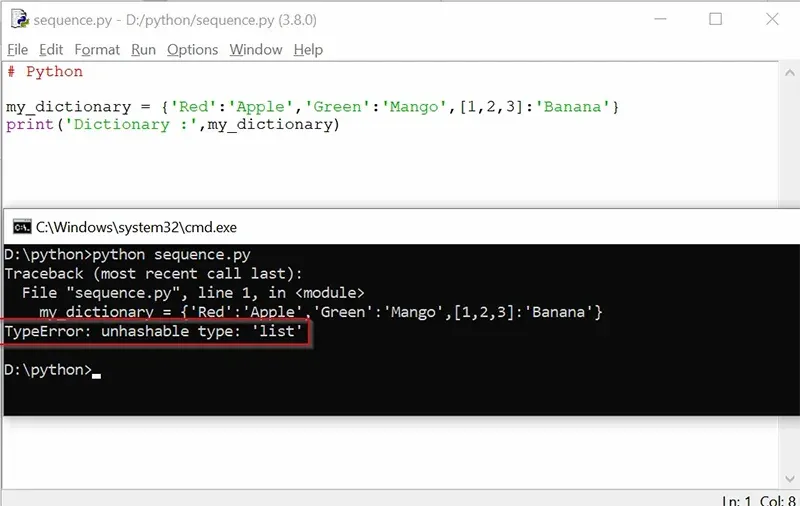





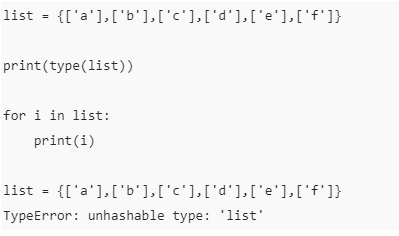


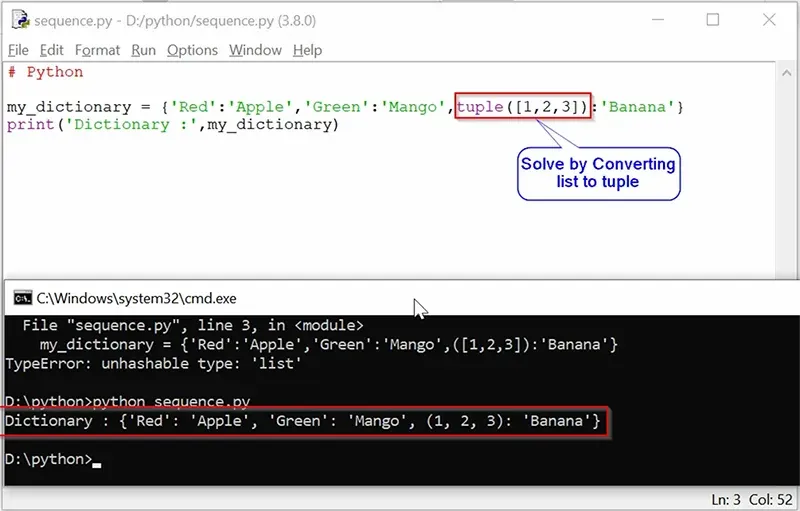




![Typeerror: unhashable type: 'dataframe' [SOLVED] Typeerror: Unhashable Type: 'Dataframe' [Solved]](https://itsourcecode.com/wp-content/uploads/2023/04/Typeerror-unhashable-type-dataframe.png)
![TIL] unhashable type: 'dict' Til] Unhashable Type: 'Dict'](https://images.velog.io/images/haileeyu21/post/94dccf7b-bcfb-4b1a-a010-76da6d836644/TIL_error.png)



![TypeError: unhashable type 'slice' in Python [Solved] | bobbyhadz Typeerror: Unhashable Type 'Slice' In Python [Solved] | Bobbyhadz](https://bobbyhadz.com/images/blog/python-typeerror-unhashable-type-slice/slice-dictionary-with-item.webp)
![Python3]dict.keys()を使用した際にTypeError: unhashable type: 'list' で引っかかりそうになった話 - Qiita Python3]Dict.Keys()を使用した際にTypeerror: Unhashable Type: 'List' で引っかかりそうになった話 - Qiita](https://qiita-user-contents.imgix.net/https%3A%2F%2Fcdn.qiita.com%2Fassets%2Fpublic%2Farticle-ogp-background-9f5428127621718a910c8b63951390ad.png?ixlib=rb-4.0.0&w=1200&mark64=aHR0cHM6Ly9xaWl0YS11c2VyLWNvbnRlbnRzLmltZ2l4Lm5ldC9-dGV4dD9peGxpYj1yYi00LjAuMCZ3PTkxNiZ0eHQ9JTVCUHl0aG9uMyU1RGRpY3Qua2V5cyUyOCUyOSVFMyU4MiU5MiVFNCVCRCVCRiVFNyU5NCVBOCVFMyU4MSU5NyVFMyU4MSU5RiVFOSU5QSU5QiVFMyU4MSVBQlR5cGVFcnJvciUzQSUyMHVuaGFzaGFibGUlMjB0eXBlJTNBJTIwJTI3bGlzdCUyNyUyMCVFMyU4MSVBNyVFNSVCQyU5NSVFMyU4MSVBMyVFMyU4MSU4QiVFMyU4MSU4QiVFMyU4MiU4QSVFMyU4MSU5RCVFMyU4MSU4NiVFMyU4MSVBQiVFMyU4MSVBQSVFMyU4MSVBMyVFMyU4MSU5RiVFOCVBOSVCMSZ0eHQtY29sb3I9JTIzMjEyMTIxJnR4dC1mb250PUhpcmFnaW5vJTIwU2FucyUyMFc2JnR4dC1zaXplPTU2JnR4dC1jbGlwPWVsbGlwc2lzJnR4dC1hbGlnbj1sZWZ0JTJDdG9wJnM9NzI2NzBlYjBlNWMyY2U3MTkyMjdkOGRjNzRlZWE3YmQ&mark-x=142&mark-y=112&blend64=aHR0cHM6Ly9xaWl0YS11c2VyLWNvbnRlbnRzLmltZ2l4Lm5ldC9-dGV4dD9peGxpYj1yYi00LjAuMCZ3PTYxNiZ0eHQ9JTQweV9rYW5pJnR4dC1jb2xvcj0lMjMyMTIxMjEmdHh0LWZvbnQ9SGlyYWdpbm8lMjBTYW5zJTIwVzYmdHh0LXNpemU9MzYmdHh0LWFsaWduPWxlZnQlMkN0b3Amcz05YjEyMjQ1YWEyZGUxZjNkYzk0NzA5MzJjZTM1N2E5Nw&blend-x=142&blend-y=491&blend-mode=normal&s=504686afb89143edf32c07d4671d82fb)



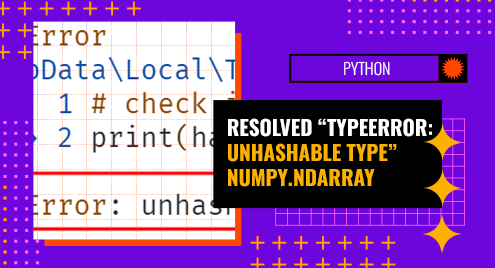
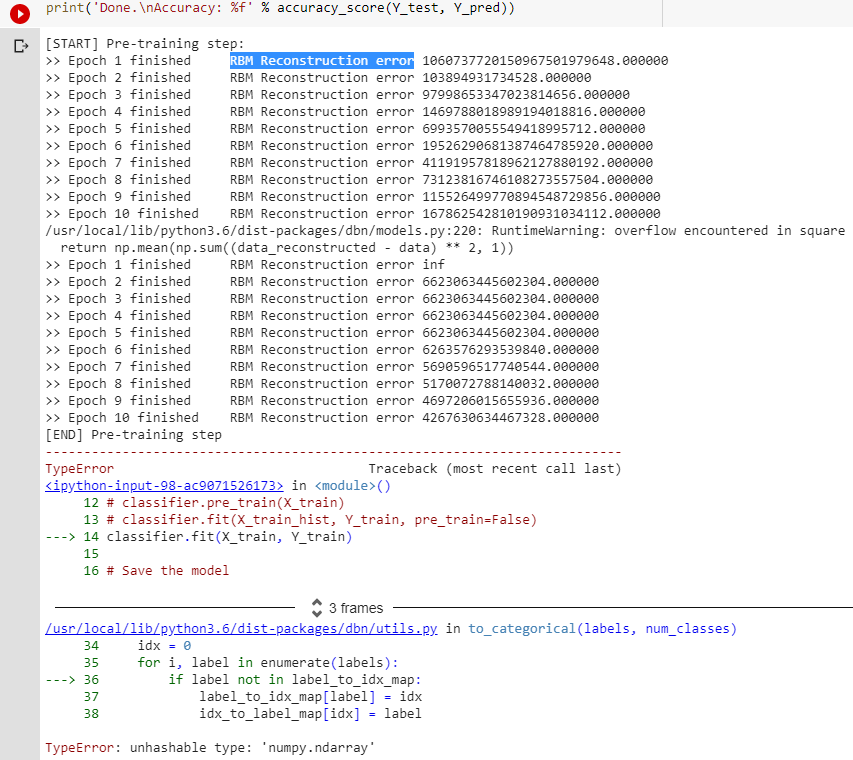


![TypeError: unhashable type 'slice' in Python [Solved] | bobbyhadz Typeerror: Unhashable Type 'Slice' In Python [Solved] | Bobbyhadz](https://bobbyhadz.com/images/blog/python-typeerror-unhashable-type-slice/using-dict-items-method-to-create-slice.webp)



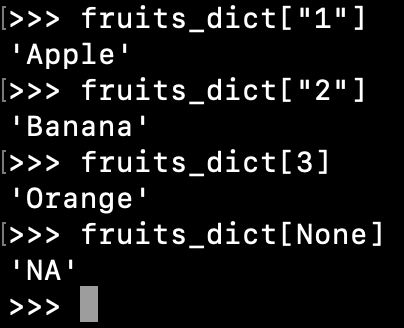

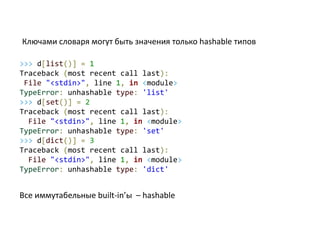






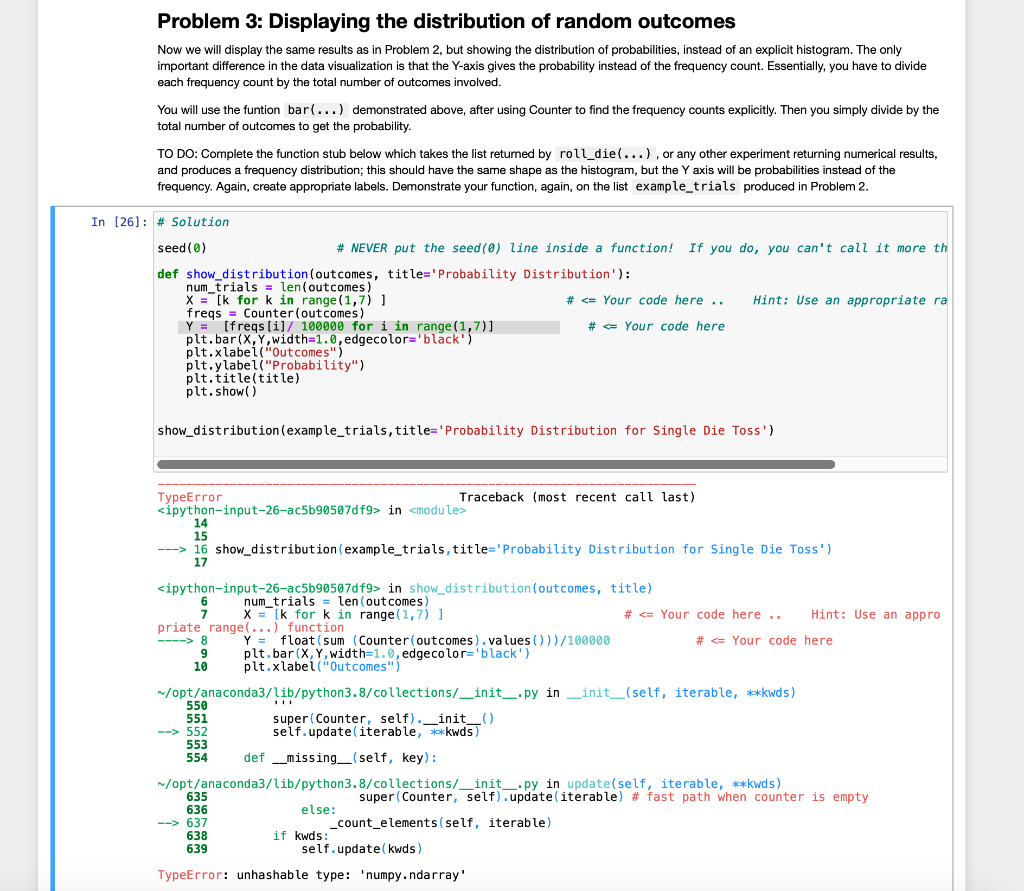


Article link: typeerror unhashable type ‘dict’.
Learn more about the topic typeerror unhashable type ‘dict’.
- TypeError: unhashable type: ‘dict’ – python – Stack Overflow
- TypeError: unhashable type: ‘dict’ in Python [Solved]
- How to Handle TypeError: Unhashable Type ‘Dict’ Exception …
- TypeError unhashable type ‘dict’ – STechies
- TypeError: unhashable type: ‘dict’ – Discussions on Python.org
- Python TypeError: unhashable type: ‘dict’ Solution
- Unhashable Type: ‘Dict’: The Only Guide You’ll Ever Need
- Unhashable Type “dict’ – Linux Hint
- How to fix TypeError: unhashable type: ‘dict’ – sebhastian
- unhashable type: ‘dict’ – Lightrun
See more: nhanvietluanvan.com/luat-hoc